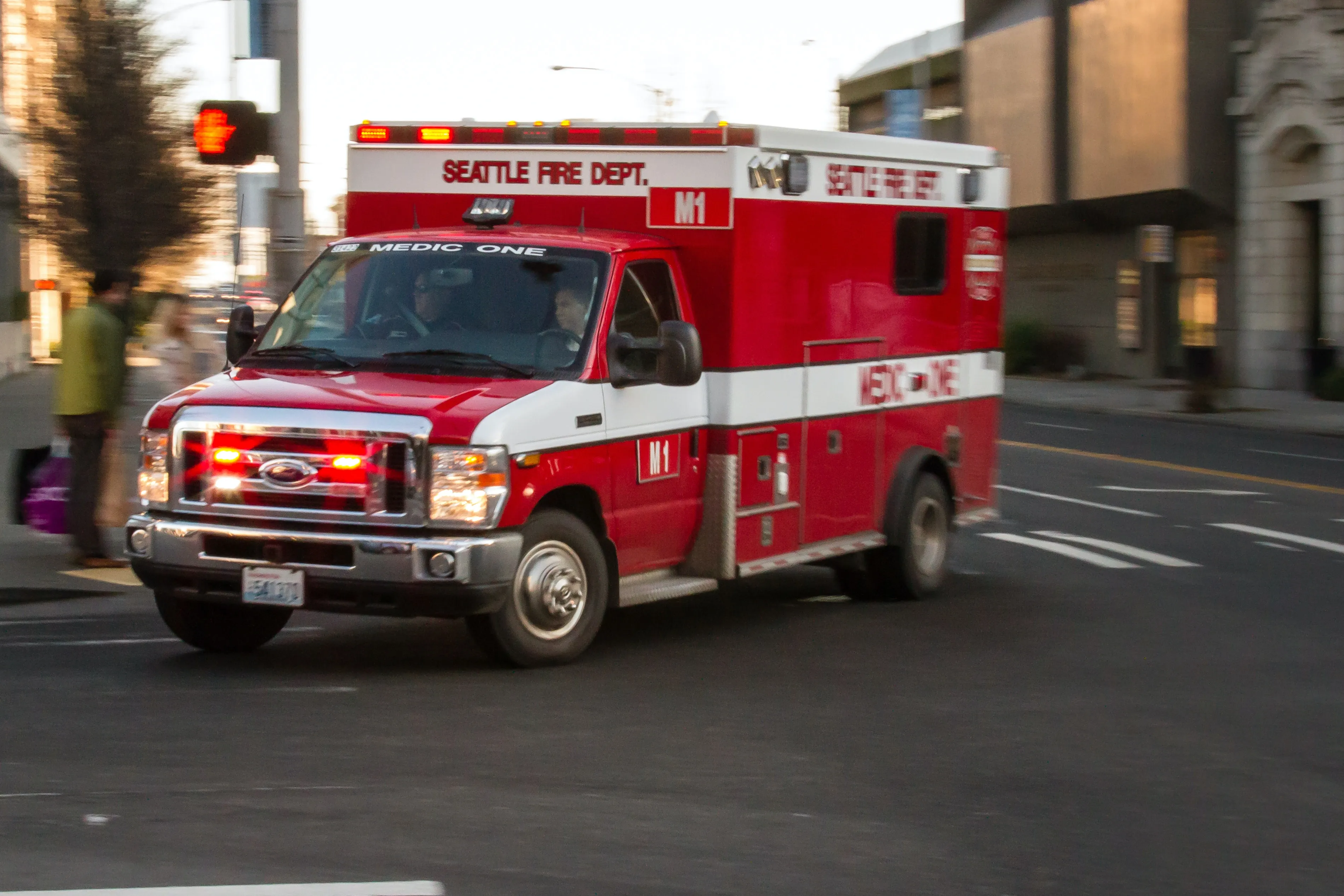WA State Overdose Prevention and Response Training
How do I respond to an Overdose?
Minutes count in an opioid overdose. Watch the video to learn how you can identify and respond to an overdose situation.
If you are trying to help in an overdose, WA State’s 911 Good Samaritan/Overdose Law protects both you and the overdose victim from drug possession charges.
Don’t be afraid to call 911 for help!
What to do in an opioid overdose

STEP 2
Call 9-1-1
Don’t be afraid to call 911 for help!
-
Tell the dispatcher where you are and that someone is not breathing or is unconscious.
-
If you are trying to help in an overdose, WA State’s 911 Good Samaritan/Overdose Law protects both you and the overdose victim from drug possession charges.
-
Place the person on their back in preparation for rescue breathing
Rescue Breathing Demo
Watch the video to learn how to perform rescue breathing on a person who is not breathing.
STEP 4
What if the person wakes up & starts breathing
If the person wakes up and starts breathing, stay with them. Encourage them to get follow-up medical care.
When the naloxone wears off in 30-90 minutes, the person could slip back into the overdose and stop breathing.
Encourage the person to be taken to a clinic or emergency room where health care staff can:
Monitor their breathing. Manage any withdrawal symptoms. Treat any other medical conditions.
When someone wakes up after naloxone, they may feel some symptoms of opioid withdrawal like pain, sweating, nausea, or vomiting. The person may also feel confused, anxious or slightly agitated. Give them space and explain the situation to them and that you gave them naloxone. Rarely are people combative or violent.
© 2023 SavingLivesWithNarcan.org. All Rights Reserved.


